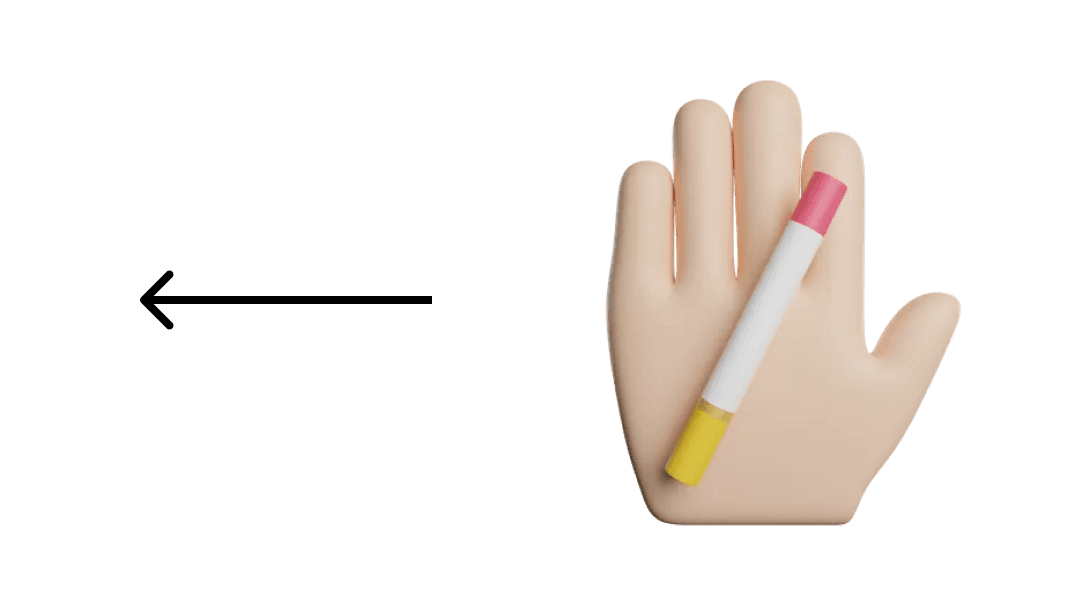Public Transit Mobile PWA UX.UI Design
MARTA Ride for 2026 FIFA World Cup
Overview
Redesigning MARTA’s riding experience for 2026 FIFA World Cup attendees with a single progressive web application. Backed by UX research and usability testing, the design concept was proposed to guide MARTA’s future strategy.
Read our collaborative project news here.
My Role
UXUI Designer I Georgia Institute of Technology
UX Research & Strategy, End-To-End Product Design
Team
Part of a MARTA partnered MS-HCI project
Dani Generous, Shachika Thanigaivelu, Spencer Luke
Duration
16 weeks, Aug-Dec 2024
Background
MARTA, the Southeast's largest transit system, is preparing for the 2026 FIFA World Cup, with Atlanta hosting 8 games and a semi-final, driving a surge in tourism and transit demand.
Our Mission
How might we develop a user friendly, digital tool that enhances accessibility and promotes MARTA use during the 2026 FIFA World Cup?
Adventure awaits with MARTA to take you there.
Inspire to Explore
The home page highlights key locations for FIFA World Cup travelers, offering easy access to Atlanta's top attractions and local events.
Trip Planning
Plan trips end-to-end with personalized routes, real-time MARTA data, and live tracking tailored to your journey. Automated transcription ensures accessibility for all users.
Travel better together with MARTA by your side.
Group Meet Up
Group travelers can create a shared account to track live locations, drop pins, and label meeting points for seamless ride exits and coordination.
Easy Access Ticketing
Purchase, reload, and manage tickets directly from the app. Access scannable QR codes and toggle between user profiles to manage tickets for dependent group members.
Stay safe and informed with confidence when you ride MARTA.
Live Alert
SOS Report
MARTA Support
Our team used the Double Diamond design process to thoroughly explore user needs and create an evidence-based, end-to-end solution driven by research.
BACKGROUND RESEARCH
MARTA's Business Model and Identifying Opportunities
Defining MARTA's needs and stakeholder insights
Through collaboration with MARTA, we identified the need for a single, accessible progressive web app to simplify MARTA use for FIFA World Cup visitors, offering real-time event and traffic updates alongside local business promotions.
RESEARCH
Context and user needs research
Conducting mixed research methods for user-centered insights
To gain a deeper understanding of user needs and painpoints, our team implemented five research methods and analyzed the findings.
(Research Overview)
(Questionaire Survey)
(Semi-Structured Interview )
(Ethnography & Video Observation)
USER NEEDS & DESIGN IMPLICATIONS
Developing empathy for MARTA visitors
Defining user needs through personas and journey maps
To understand user needs, we created personas and journey maps based on demographic research, with a focus on Ana and her family's travel journey through MARTA. This approach helped us identify their needs and design opportunities for group travelers and local users.
(User Persona )
(Journey Map)
DESIGN SOLUTION
Developing design solutions
Refining concepts through feedback sessions with MARTA
Our team used the Crazy 8s method to sketch and create digital versions of concepts. We then held two rounds of feedback sessions with MARTA employees to ensure the concepts aligned with future plans and business goals.
(Concept Sketch)
Improving information architecture through user flow task tests
The team developed 10 task-based wireframes and conducted four feedback sessions, refining the information architecture for trip planning and group travel.
(Low-Fidelity Wireframe)
High-fidelity prototype with refreshed visual design and compasable design system
Adapting MARTA's brand guidelines into a digital-first framework, I optimized colors, spacing, grids, and illustrations for seamless mobile usability. Enhanced typography, icons, and visuals ensure clarity and consistency.
(Design System)
(Illustration)
(High-Fidelity Wireframe)
EVALUATION
Evaluating design details with users
Heuristic evaluation and
usability testing
We developed high-fidelity prototypes, conducted usability testing with MARTA experts and users, and optimized the user flow based on feedback for a more efficient redesign.
(Design Evaluation Overview)
Revising for improved usability and clarity
After evaluation, I revised the prototype by improving visibility and usability, enhancing visual hierarchy, adding personalization features, and simplifying onboarding to reduce cognitive load.
(Implications from Evaluation)
REFLECTION
My take away from the journey
👊 Project challenge
One of the biggest challenges we faced was connecting our research findings to the design solution. Starting with broad questions led to an overwhelming amount of data, making it difficult to narrow the design focus and meet all requirements effectively. This resulted in a complex process of refining our approach to ensure the design truly addressed user needs.
📝 What I learned
I've learned that connecting research to every design decision is important. By grounding the process in research, we can define the problem early, stay focused on key goals, and avoid wasting time on irrelevant details. This ensures the design remains aligned with the primary objective and delivers meaningful, user-centered solutions.
👉 What’s my next steps
Moving forward, I will refine my approach by emphasizing the importance of clear problem definition early on. For the next phase, I’ll prioritize implementing intuitive navigation, reorganizing the information hierarchy, and introducing onboarding features like tutorials and FAQs.




































